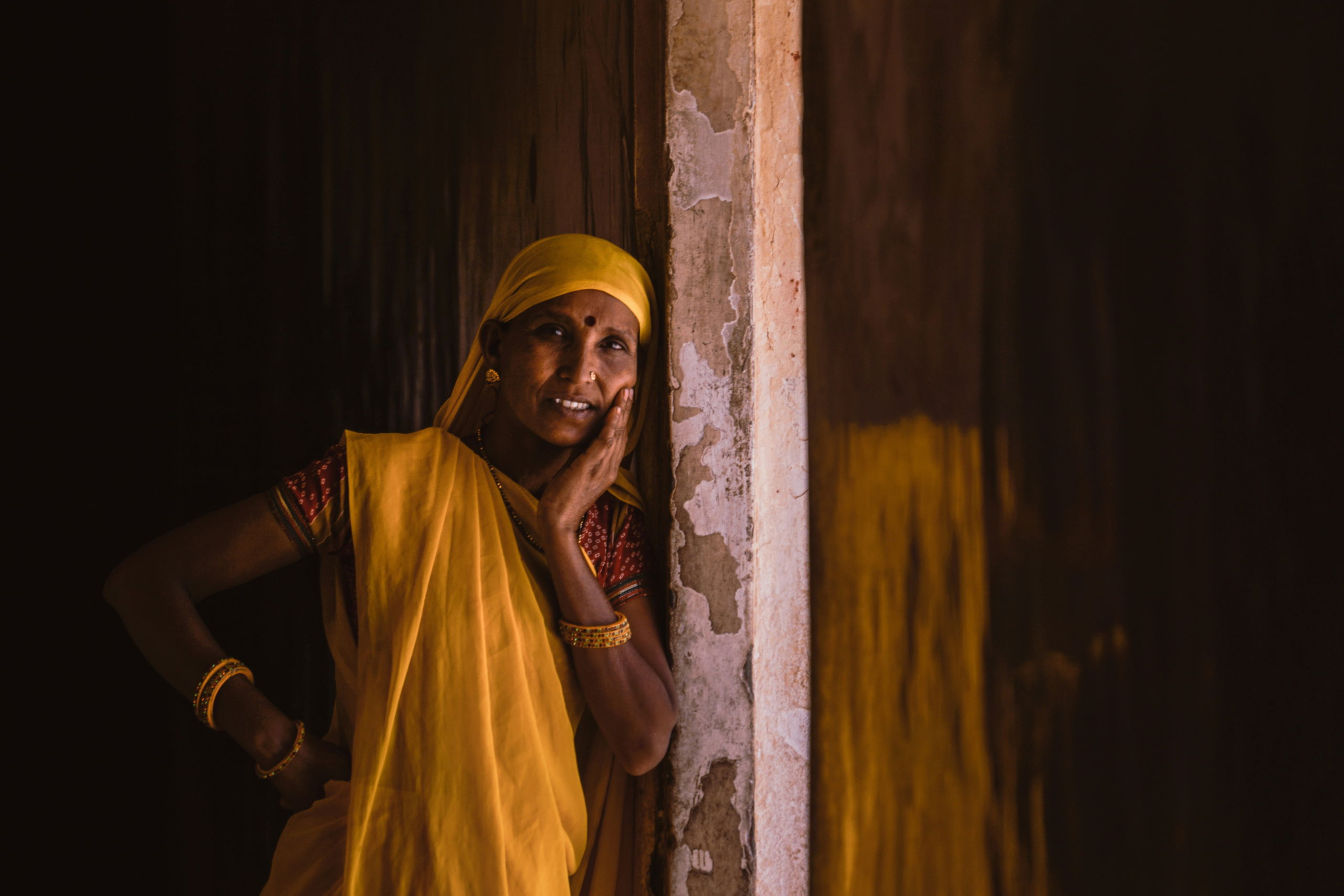
In India, the word “masala” means more than just spice—it’s the essence of a dish, a cultural fingerprint, a whispered memory of grandmothers grinding coriander under a morning sun. It’s a concept that resists neat definition because it embodies the complex, layered soul of Indian cooking: fragrant, regional, and deeply personal.
To understand masala is to understand India itself—not as a monolith, but as a mosaic of climates, languages, and food traditions shaped by centuries of trade, migration, and empire.

What Is a Masala?
At its simplest, masala refers to a blend of spices. But unlike Western seasoning mixes, masalas are not mass-produced formulas—they’re heirlooms. In North India, you might find garam masala—a warming blend of cinnamon, cloves, cumin, cardamom—used to finish curries and dals. In the South, sambar masala includes mustard seeds, fenugreek, and dried red chilies. Each home, each region, has its own variation: some hand-pounded, others dry-roasted, all crafted with intention.
It’s a ritual as much as a recipe. In homes across India, masalas are blended by feel rather than formula, a gesture passed down through generations. The scent of roasting spices is the prelude to a meal, a moment of anticipation that announces something soulful is about to be served.
A History Carried on the Monsoon Winds
India’s culinary identity is inseparable from its spice history. As early as 3,000 BCE, traders traveled the Spice Route, drawn by cardamom, pepper, and turmeric. Black peppercorns were once as valuable as gold. Portuguese, Arab, and Southeast Asian merchants all left their mark—not only on India’s ports but on its plates. Chili peppers, for example, arrived from the Americas in the 16th century but are now foundational in Indian cooking.
This legacy of exchange is evident in every masala. Ingredients like mace and nutmeg hint at colonial-era trade. Star anise, native to China, found its way into biryani. Over time, these additions were not just accepted—they were transformed, made Indian.


A Masala Maker with Modern Roots: Barkha Cardoz
Barkha Cardoz, host of our upcoming culinary trip to India, honors this tradition with reverence—and reinvention. Barkha is a culinary entrepreneur who co-founded Cardoz Legacy Masalas, a company rooted in flavor, family, and purpose.
Barkha’s blends are inspired by the recipes of her husband, Chef Floyd Cardoz, and the shared memories of their Goan and Sindhi backgrounds. Her work champions home cooks, supports the fight against hunger, and offers a way into Indian cuisine that’s deeply personal. On our journey through India, Barkha will share her intimate knowledge of masalas—not just how to cook with them, but how to listen to them.
.
The Indian Spice Market as Storybooks
In Delhi or Jaipur, walking through a spice market feels like stepping into a memory: turmeric piled like desert sand, dried ginger snapped from the root, coriander seeds releasing citrusy notes beneath your fingers. Hawkers call out prices as the scent of ghee and ground chili clings to the air.
Here, masalas are not just sold—they’re alive. In the market, the mix of sensory inputs becomes a cultural primer: an invitation into the rhythms and rituals of Indian life.
On our trip with Barkha, we’ll visit some of these markets with chefs and purveyors who understand spice as heritage. You’ll learn to recognize the freshest cumin by scent, and the subtle difference between Kashmiri and Byadgi chili by sight.



Masala in the Indian Kitchen: More Than Heat
The idea that Indian food is always “spicy” is a myth born of mistranslation. Heat is just one element. Masala is about balance—sweet fennel offsetting bitter fenugreek, the bloom of cumin grounding the floral lift of cardamom. Every masala is a study in contrast and complexity.
In India, cooking is intuitive, layered, and seasonally driven. Summer meals might feature cooling ingredients like mint and raw mango, while winter dishes lean on mustard seeds and warming black pepper.
On our journey, you won’t just eat Indian food—you’ll learn how it’s shaped by region, weather, and history. From tandoor cooking in the North to coconut-laced stews in the South, you’ll begin to understand India through its flavors.
A Place, A Spice, A Story
In Goa, the aroma of xacuti—a curry with roasted coconut and poppy seed—wafts through beachside kitchens. In Kerala, cardamom farms thrive in mist-covered hills, their pods plucked at dawn. In Gujarat, women roast cumin and grind it into masalas for dhokla, a fermented rice cake steamed to airy perfection.
These dishes aren’t just recipes; they’re geographical markers. Each region speaks its own spice dialect, and masala is the translator.
Masala reminds us that food is not static—it evolves. It travels across oceans, survives colonization, adapts with migration, and reasserts itself through memory. In Indian cuisine, masala is the through-line: from ancient ayurvedic blends to modern restaurant menus, it’s how stories are told, preserved, and shared.
Our trip to India with Barkha Cardoz is a journey into this living tradition. You’ll cook, taste, and learn alongside a masala expert who understands that to make food is to honor where you come from—and imagine where you’re going.

India Tour with Barkha Cardoz

India Tour with Pushkar Marathe




